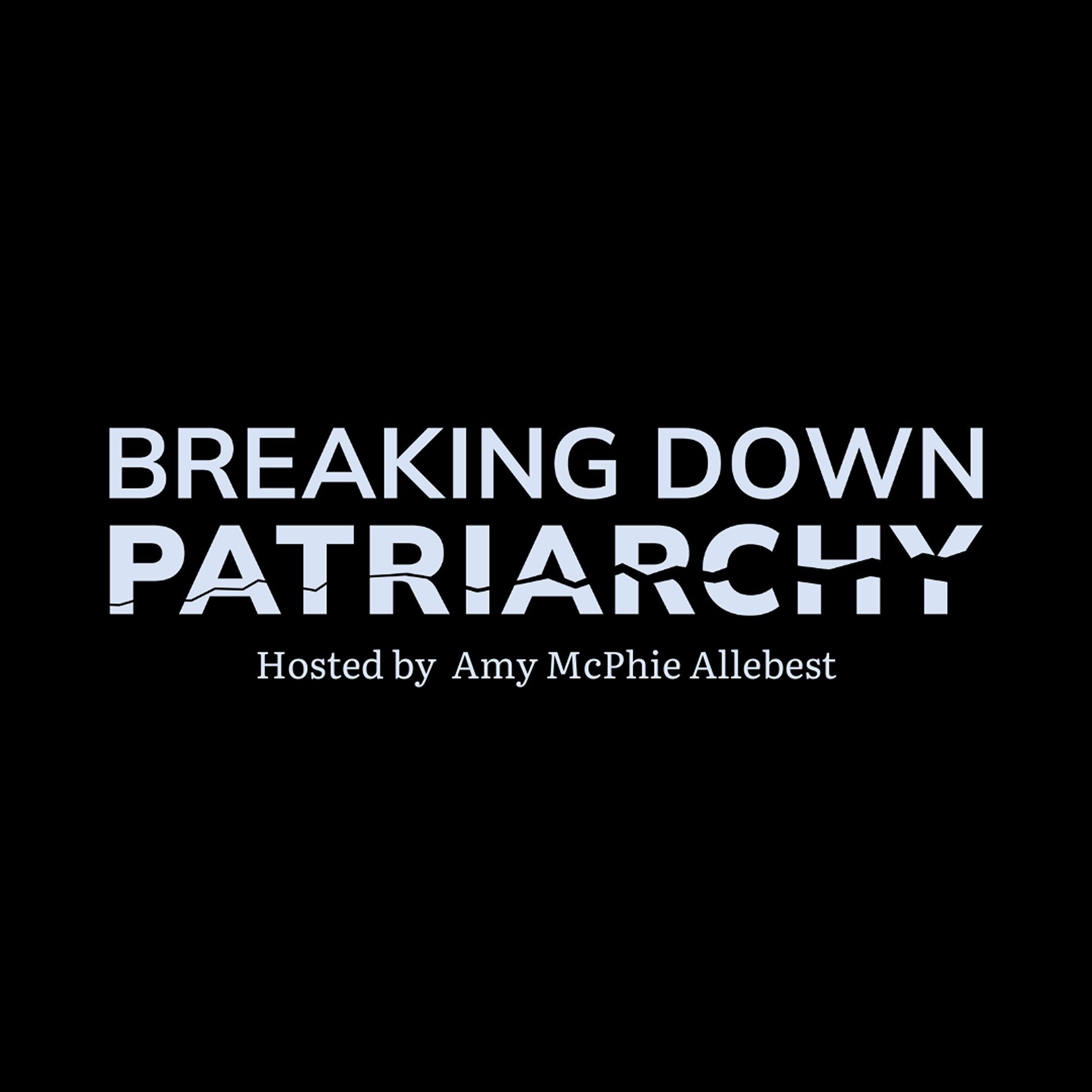Episode 2
The Chalice & the Blade: Our Past Our Future, by Riane Eisler
Published on:
29th December, 2020
Amy is joined by guest Malia Morris to discuss The Chalice and The Blade by Riane Eisler. Topics include re-assessing hunter-gatherer societies, partnership and dominator models, and the civilization of ancient Minoan.
Malia Morris is a performing artist and voice teacher in the Bay Area. She studied Music Performance and Sociology in her undergraduate at Arizona State University, where she graduated with honors. In graduate school, she studied Dramatic Arts at Harvard University. Malia was awarded a thesis prize for her research on Broadway director Diane Paulus. Her research was selected for presentation at Harvard Symposium.


